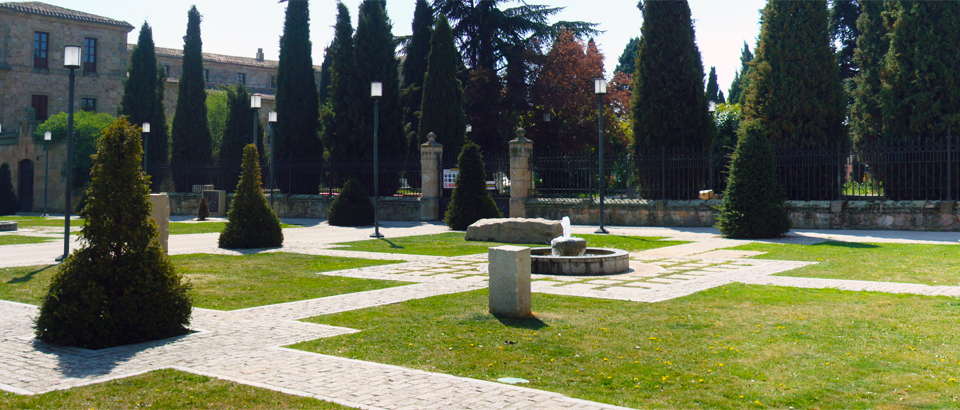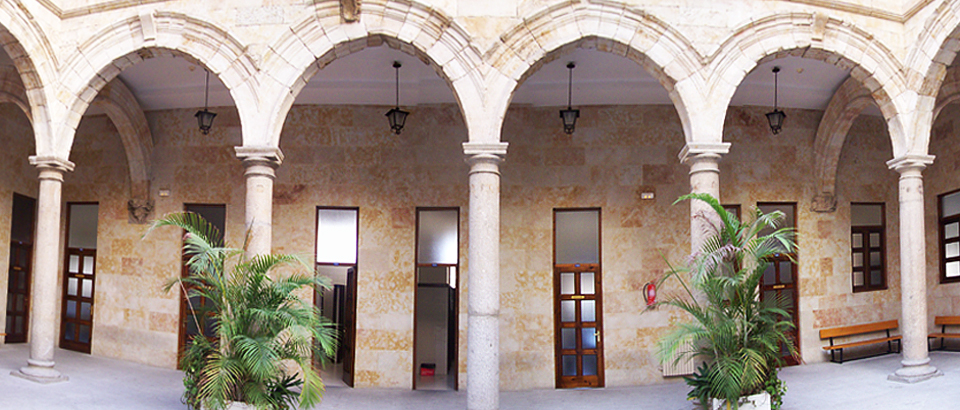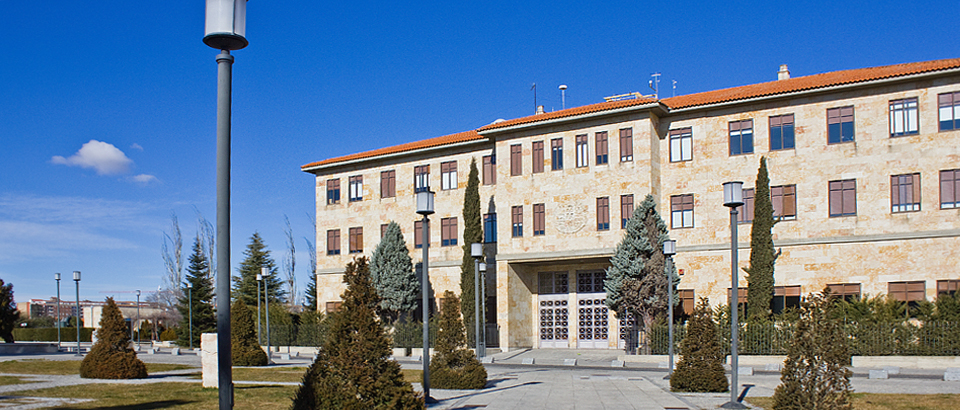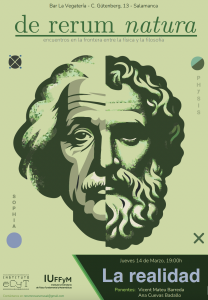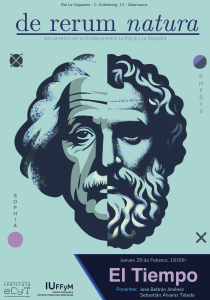¿Cómo almacenar energía solar en la arena?
Dra. Minerva Díaz Heras
Instituto de Investigación en Energías Renovables de Albacete
Universidad de Castilla-La Mancha.
Este seminario abarcará varias de las líneas de investigación de la sección de Solar y Eficiencia energética, centrándose en tecnologías de almacenamiento de energía solar en partículas. Actualmente, una de las problemáticas de las renovables es su almacenamiento y, más concretamente en centrales termosolares, se añade la limitación de la temperatura máxima en fluidos caloportadores (sales fundidas o aceites térmicos). En el seminario se mostrarán las innovadoras soluciones dentro del ámbito de la investigación en energía solar térmica de lechos fluidizados con partículas.
Date: Jueves 14 marzo 2024
Time: 13:00
Place: Aula II Trilingüe (Físicas- Facultad de Ciencias – Universidad de Salamanca)


